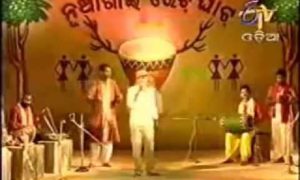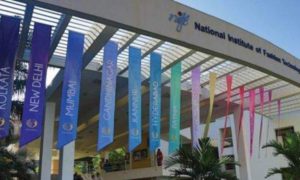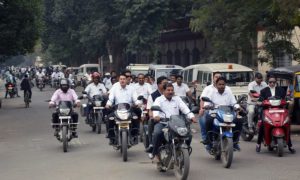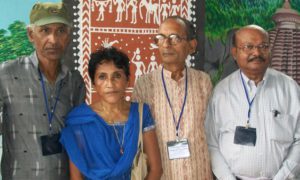The year 2011 was not a great one for Sambalpur district. Two starvation deaths, Maoist-related cases, nature’s fury, student unrest and political turmoil among other things kept the district administration on its toes.
A Dalit labourer Kapil Hans of Gobindpur village under Tribanpur gram panchayat of Rairakhol block reportedly died of starvation in July. Sources said Kapil, ailing reportedly from malnutrition and starvation, was bed-ridden.
As per reports, he owned 1.33 acres of farmland jointly with his five brothers and eked out a living as a daily wager along with his wife. He was not enlisted in the BPL and consequently deprived of benefits of all welfare schemes, including the old age pension. Though he had been running from pillar to post for BPL status under welfare programmes, it did not materialise.
Prior to this, Siba Naik (65) of Chubkadadar village of the same block died under similar circumstances on July 8. Like Kapila, Siba was not in the BPL list and deprived of all benefits.
The State Advisor to the Commission of Supreme Court on Right to Food Rajkishore Mishra had also confirmed that Siba and Kapila died of starvation.
Farmers in the periphery of Hindalco plant complained of crop damage due to effluent discharge by the plant.
While in the first half of the year, erratic rain hampered the crop output, a drought-like situation in the second half spoiled the crop prospects. With even the procurement moving at snail’s pace, farmers hit the streets many times.
The year also witnessed regrouping of Maoist cadres on several occasions. Gang wars too became a headache for the cops with the district BJP president Simnachal Khatei being fired upon in one such case. However, the cops could resolve all the cases with the arrest of some hardcore criminals under the NSA.
The district also witnessed flood in September. Incessant rain along with heavy discharge of flood water from Hirakud dam caused a flood-like situation in Sambalpur and adjoining areas. While many parts of the town remained waterlogged under rainwater, several other low-lying areas covered with back-water of the Hirakud dam.
With the help of volunteers and individuals, hundreds of affected families were shifted to safer places. Political workers and officials of district administration also came forward with relief works to provide food to the affected people. The district administration did a commendable work in the post-flood rehabilitation and reconstruction.










